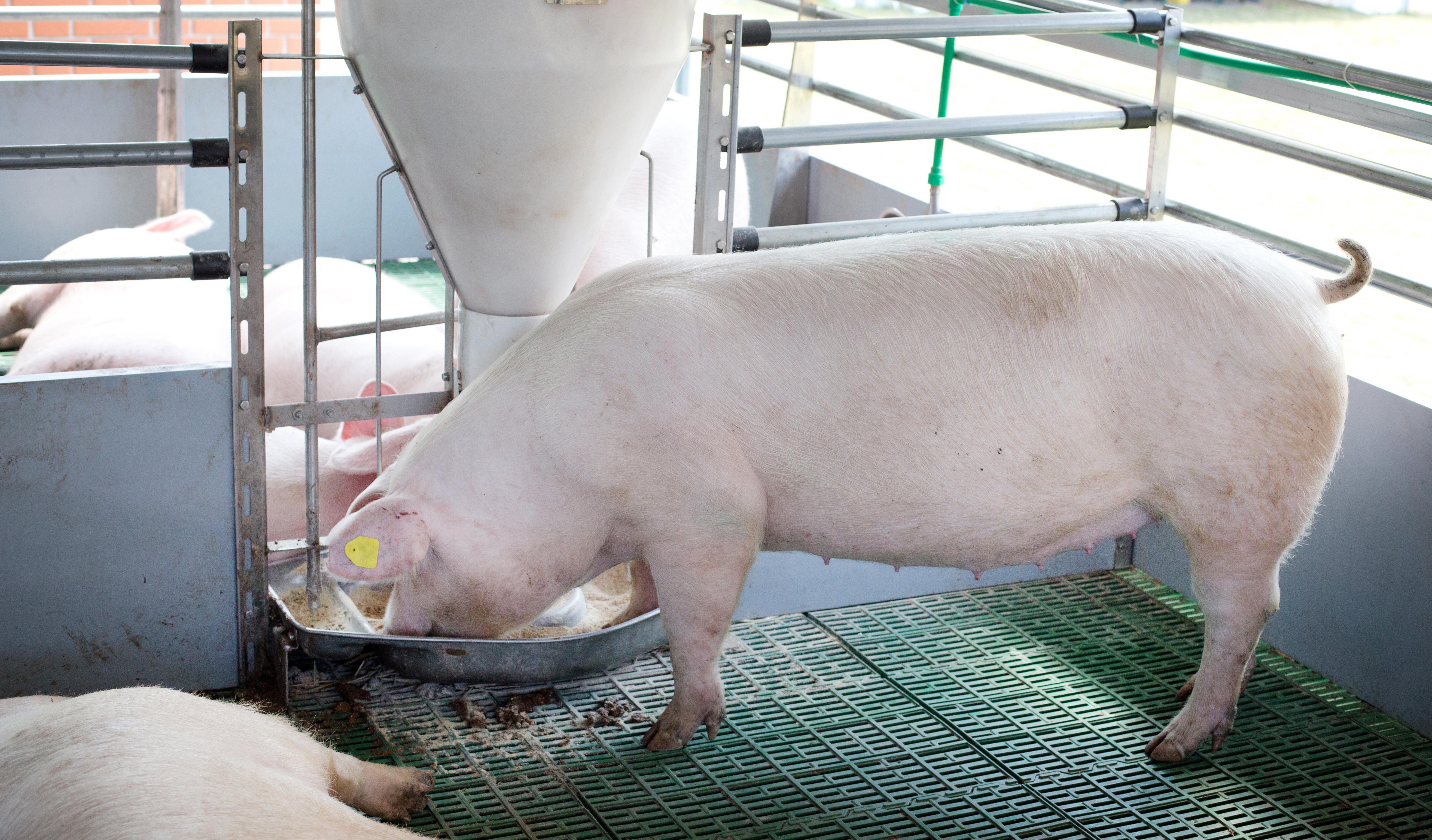



Does ASF pose a threat to pork markets worldwide?
With 22 cases of African swine fever confirmed in China this month, it is no surprise that key trading partners are voicing their concerns over the direction of pork and feed marketsWhile China mostly produces pork for the domestic market, the outbreak of African swine fever (ASF) could wreak havoc on global markets, writes Melanie Epp for The Pig Site.
Experts in the United States (US) talk to Melanie Epp about the current and potential impacts of ASF on China's key trading partners.
The issue is not about China as an exporter, said Steve Meyer, an economist with Kerns & Associates in Iowa. China is a small exporter of pork. The issue is the impact on Chinese production, and therefore, demand.
On average, the Chinese eat 85–88 lbs of carcass-weight pork per person per year.
“If they start losing a lot of pigs, they can’t feed themselves.
“That’s where the economic impact comes in. They would have to go and find supplies elsewhere in the world.”
“If we took all the pork that’s traded in the world, it would only add up to about 15 percent of Chinese consumption.
“The implications are pretty astounding – if they were to start losing even 10 percent of their pigs, that would be over half of United States production.”
The risk to ASF-negative countries like the United States is especially high, since approximately 25 percent of pork production there is bound for the export market.
When these foreign animal diseases enter countries it costs billions of dollars in damage, said Scott Dee, Director of Research at Pipestone Veterinary Services in Minnesota. “Exports of pork will be shut down immediately,” he said.
Dee is also worried about organic soybean meal imports. Recent research shows that the ASF virus survived well in feed. Megan Niederwerder, Assistant Professor in the Department of Diagnostic Medicine/Pathobiology at Kansas State University (College of Veterinary Medicine), is conducting that research.

“Our research has demonstrated that ASFv is stable in a wide range of feed ingredients subjected to environmental conditions that simulate a trans-oceanic voyage,” she said. “Because feed ingredients are distributed globally with millions of kilograms imported every year into the US, there is a potential risk of pathogen introduction through these feed ingredients.”
A joint document on Feed Ingredient Safety from the National Pork Board, National Pork Producers Council, American Association of Swine Veterinarians, and Swine Health Information Center has been published online.
Additional feed safety resources may be found at www.KSUSwine.org.
Read the full article here








